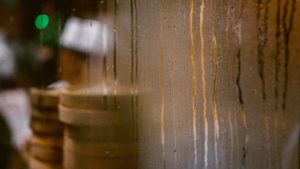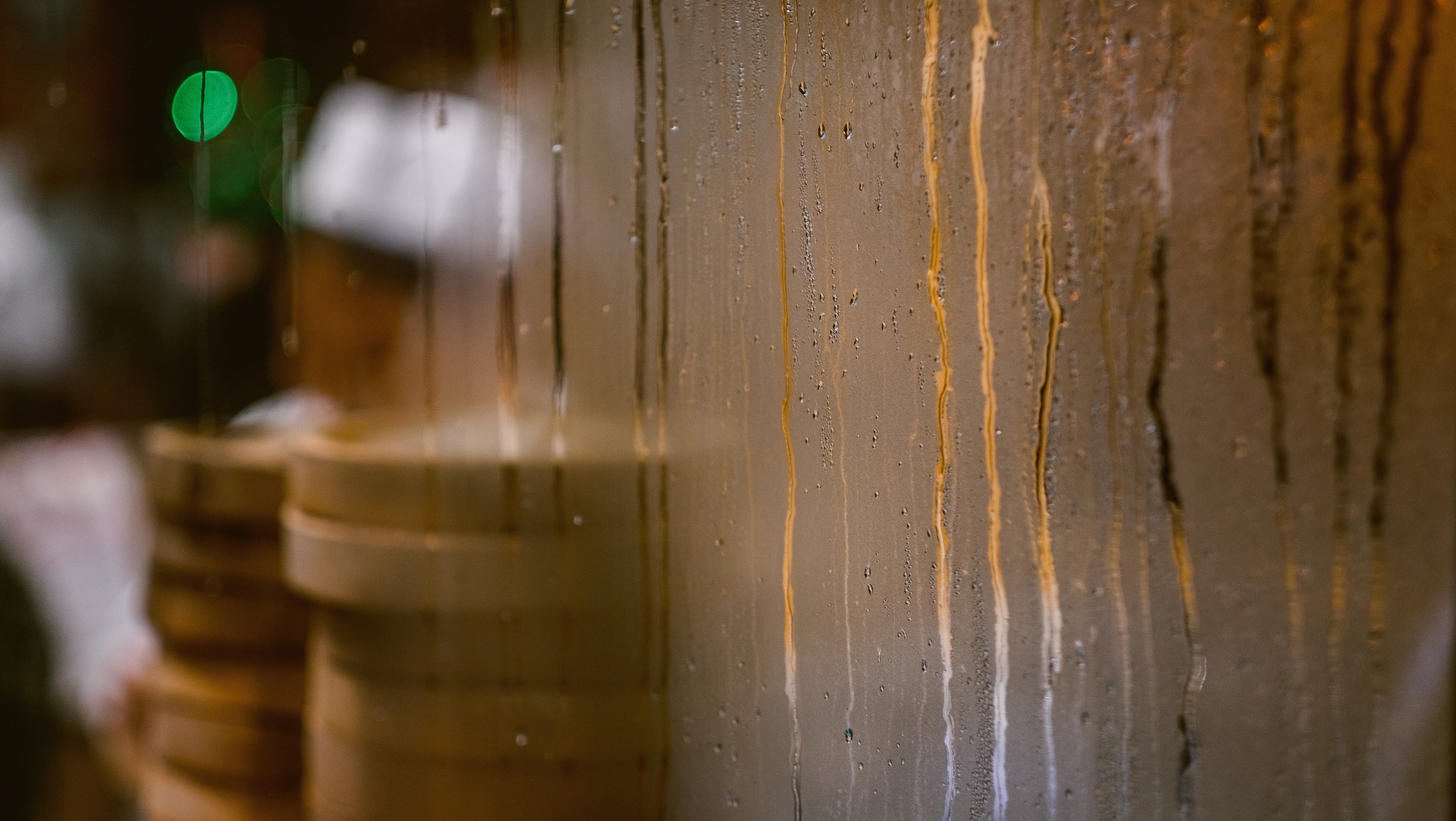 Mold growth causes a wide range of problems and if you don’t notice it quickly, it can get out of hand. Mold is attracted to any source of water and it doesn’t have to be a large amount either. Mold can seek out even a small amount of water.
Mold growth causes a wide range of problems and if you don’t notice it quickly, it can get out of hand. Mold is attracted to any source of water and it doesn’t have to be a large amount either. Mold can seek out even a small amount of water.
There are a multitude of different ways moisture can make its way into your house and some of those aren’t very noticeable so I thought today we would dive into how water can sometimes sneak into your house with you not even noticing.
Finding Hidden Moisture
There are the obvious ways your home can accumulate moisture such as a burst pipe or a leaky roof, but what about other avenues?
Poor Ventilation
Have you noticed the windows in your home fogging up? Do the mirrors in your bathroom stay foggy for an extended period of time after a shower or bath? This could be a sign of poor ventilation.
If the ducts running through your home have collected debris and dirt inside over the years, this can lead to moisture accumulation inside your home. The ventilation in your home is there to circulate fresh air and if it doesn’t do that as intended it leads to unwanted humidity.
As the temperature fluctuates throughout the day and your HVAC system works to keep it regulated, the ducts will accumulate moisture. If the ventilation system is working properly, the air will dry out any moisture as it circulates.
If you’ve noticed, moisture buildup on your window panes and mirrors, this could be a sign of problems with your ventilation which could then lead to mold growth because of the moisture. Because mold only needs moisture and a food source to survive, mold can easily make itself at home inside the air ducts while it feeds on leftover dirt and debris.
This is an issue that is corrected by regular cleaning of the ducts inside your home and will work wonders when it comes to preventing mold growth. Aim to keep the humidity in your house at less than 50% with properly working ducts and proper air circulation.
Wet Drywall
The drywall in your home will become a buffet of mold’s favorite food if it gets wet. If any pipes in your home have small leaks, excess water is probably leaking down onto the structural beams in your home as well as the drywall. The problem with wet drywall is that it’s very hard to get completely dry.
If any drywall gets wet in your home, we suggest removing the pieces that are wet and replacing them with new pieces. It can be a large job but not one that can’t necessarily be done on your own. Your local hardware department will often sell sheets of drywall and with the proper tools, the drywall can be replaced without the aid of a professional.
Damp Laundry
We’re all guilty of tossing a damp towel on the floor after a shower if we’re in a hurry or absentmindedly leaving a lead of clothes in the washer long after the cycle is complete. It might not seem like a big deal but when it comes to mold, any source of moisture is good enough for mold spores.
Mold can easily feast on the fibers in your towels and clothing. Leaving them when they’re wet is the perfect storm for mold growth.
If you’re concerned about mold growth (and really, even if you aren’t) make sure you pick up any wet towels or clothes from the floor and get them dry as quickly as possible. Avoid leaving laundry in the washing machine and definitely don’t let them pile up in an overlooked laundry basket where mold can easily make its way into the dark folds of the fabrics.
Moisture in Your Carpet
We’ve discussed how carpet can be a prime spot for mold to grow. Mold loves to feed on an item called cellulose which happens to be in most carpets and rugs. If the carpet gets wet from a spilled drink or even from guests walking in your house after a rainstorm, this can lead to moisture soaking into the carpet and the padding in your home. Both can be difficult to dry and replacing carpet can be expensive.
Have guests remove their shoes and the door and if a drink or food does happen to spill, dry the area with a towel as quickly as possible and then position a fan to blow air on the area immediately. This will help not only get the carpet dry but also aid in avoiding your carpet taking on a mildew-like smell.
Professional Mold Removal
If you’ve discovered mold in your home and you just aren’t up to tackling the project on your own, give us a call. Our team of trained professionals will assist you in answering any questions you have as well as devising a plan for mold removal that’s specific to your needs. Don’t let mold growth get the best of you. Contact us today!
Photo by Clem Onojeghuo on Unsplash








